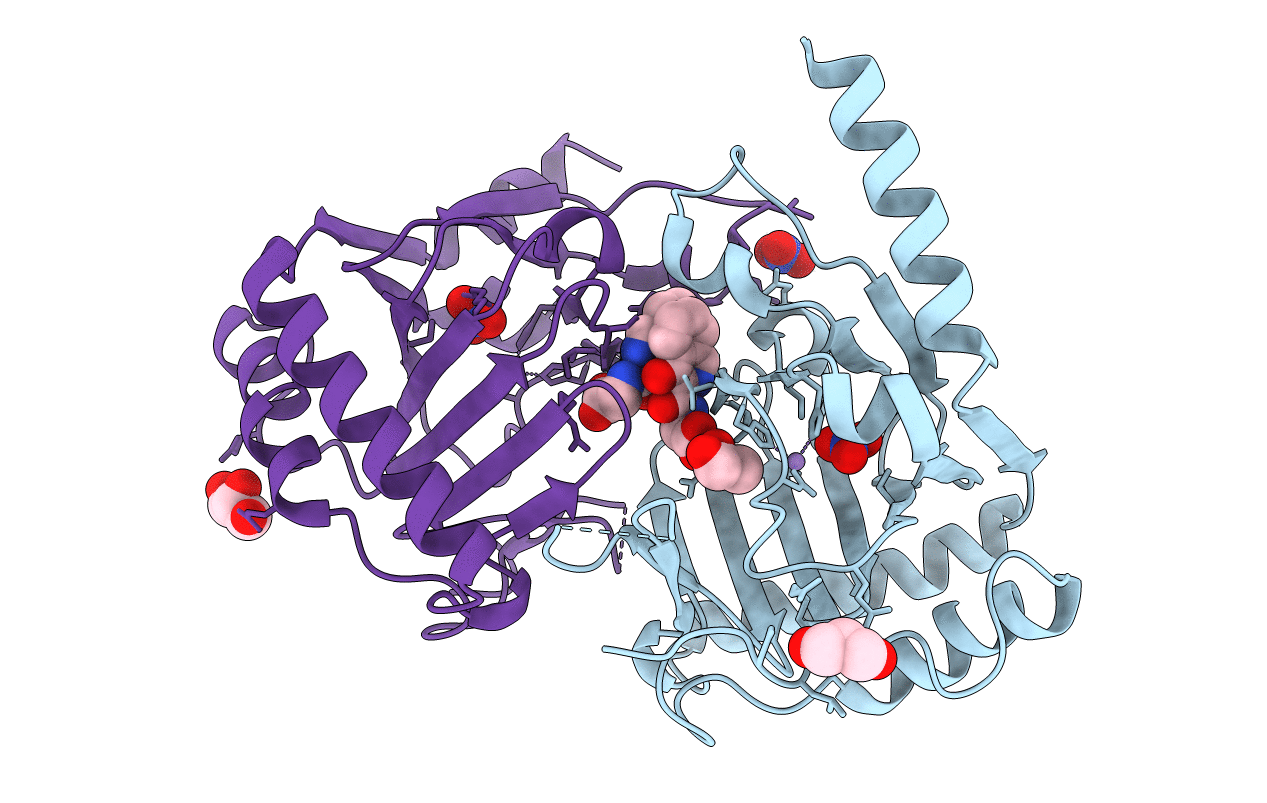
Deposition Date
2013-11-08
Release Date
2014-01-15
Last Version Date
2024-10-09
Entry Detail
PDB ID:
4NJ4
Keywords:
Title:
Crystal Structure of Human ALKBH5
Biological Source:
Source Organism:
Homo sapiens (Taxon ID: 9606)
Host Organism:
Method Details:
Experimental Method:
Resolution:
2.02 Å
R-Value Free:
0.21
R-Value Work:
0.16
Space Group:
P 2 21 21


